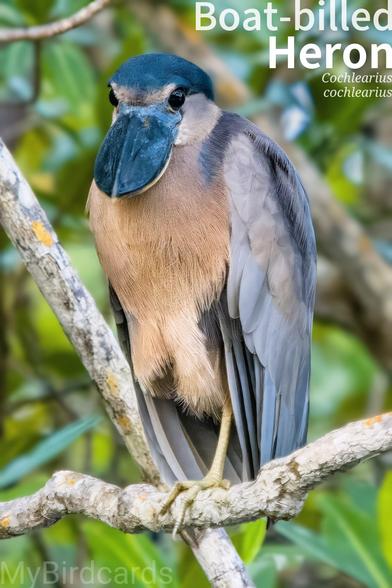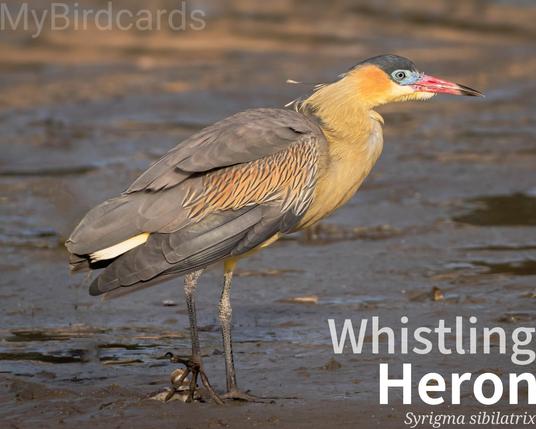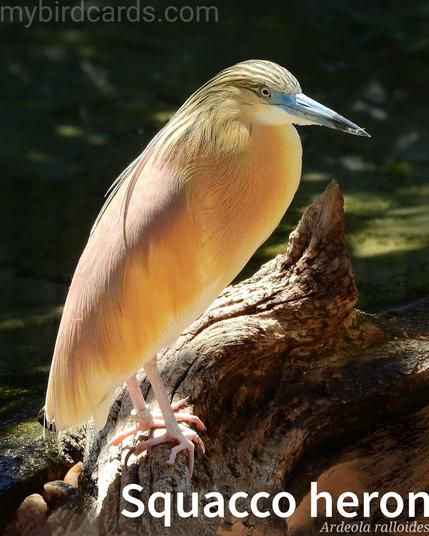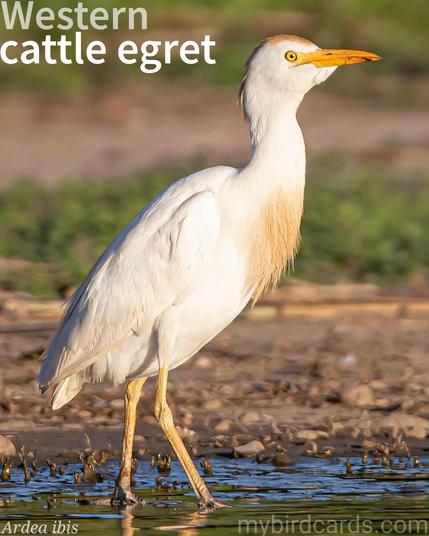🌎 Boat-billed Heron (Cochlearius cochlearius) #SouthAmericanBirds #CentralAmericanBirds #NorthAmericanBirds | #BoatBilledHeron #Boatbill #CochleariusCochlearius | #Boatbills #Herons #TigerHerons #HeronFamily #Waterbirds 📷: Photo by Drosera74🦉 #MyBirdcards | #birdsoftheworld #birds ❤️🦜
#HeronFamily
🌎 Whistling Heron (Syrigma sibilatrix) #SouthAmericanBirds | #WhistlingHeron #SyrigmaSibilatrix | #Herons #HeronFamily #Pelecaniformes #Waders #Waterbirds 📷: Photo by Beto_MdP🦜 #MyBirdcards | #birdsoftheworld #birds
🌏 White-faced heron (Egretta novaehollandiae) #AustralasianBirds #AustralianBirds #AsianBirds | #WhiteFacedHeron #WhiteFrontedHeron #EgrettaNovaehollandiae | #Herons #Egrets #HeronFamily #WadingBirds #WaterBirds 📷: Photo by Manubird🦜 #birdsoftheworld #birds
🌍 Squacco heron (Ardeola ralloides) #EuropeanBirds #AsianBirds #AfricanBirds | #SquaccoHeron #ArdeolaRalloides | #PondHerons #Herons #HeronFamily #WadingBirds #WaterBirds 📷: Photo by MAKY_OREL🦜 #birdsoftheworld #birds
🌎 Western cattle egret (Ardea ibis) #EurasianBirds #EuropeanBirds #AsianBirds #AfricanBirds #SouthAmericanBirds #CentralAmericanBirds #NorthAmericanBirds | #WesternCattleEgret #ArdeaIbis | #CattleEgrets #Egrets #Herons #HeronFamily 📷: Photo by Beto_MdP🦜 #birdsoftheworld #birds
🌎 Snowy egret (Egretta thula) #SouthAmericanBirds #CentralAmericanBirds #NorthAmericanBirds | #SnowyEgret | #Egrets #Herons #HeronFamily #Waders 📷: Photo by Nature-Inspires🦜 #birdsoftheworld #birds
🌎 Green heron (Butorides virescens) #NorthAmericanBirds #CentralAmericanBirds #CaribbeanBirds | #GreenHeron | #Herons #HeronFamily #EgretFamily #Waders #Waterbirds 📷: Photo by Backpackerin🦜 #birdsoftheworld #birds
🌏 Pacific reef heron (Egretta sacra) #AsianBirds #AustralasianBirds #OceanicBirds | #PacificReefHeron #EasternReefHeron #EasternReefEgret | #Herons #Egrets #HeronFamily #Waterbirds 📷: Photo by Docujeju🦜 #birdsoftheworld #birds



